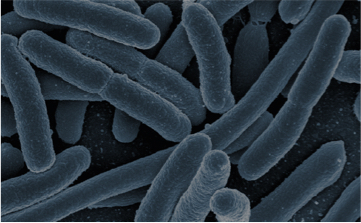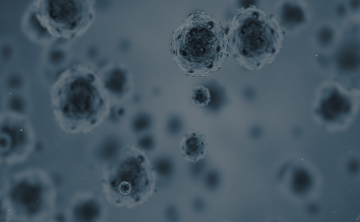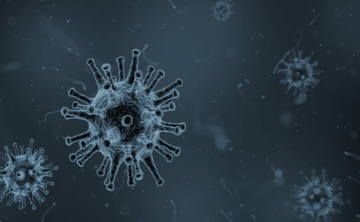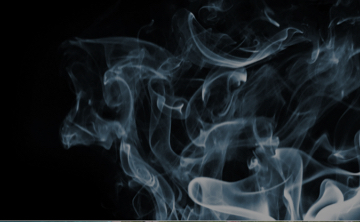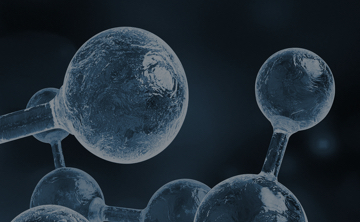About air
7 MILLION people die
outdoors and indoors.
Since children consume more air per unit of weight than adults, the child’s lungs are more susceptible to adversely aeffects. Airborne toxins can affects children’s lung function and neurological development.
Early childhood is a critical phase in the further development and maturity of many systems in a child’s body. The most common consequences of poor air quality are untapped mental potential (IQ), reduced physical development, and an increased risk of disease.
Global air pollution is on the rise and is linked to disease and infection, which kills an estimated 600,000 children under the age of five each year.
|
Stage:
Age: |
Newborns
0–2 months |
Babies/toddlers
2 months – 2 years |
Small child
2–6 years |
School age
6-12 years |
Youth
12–18 years |
|
|
|
|
|
|
|
|
Lung development
|
Development of the alveoli
|
||||
|
High breathing rate
|
|||||
|
Increase in lung volume
|
|||||
|
Risk of air pollution
|
Development of the alveoli
|
||||
|
Chronic cough and bronchitis
|
|||||
|
Decreased lung function, wheezing and asthma attacks
|
|||||
|
Absences from school due to respiratory problems
|
|||||
|
Babies/toddlers
|
Limited physical development and intelligence
|
||||
|
Babies/toddlers
|
Higher risk of getting sick
|
||||

OZONE – What is ozone?
- Ozone is known as a gas that removes odours, bacteria and viruses.
- The big disadvantage of ozone is that this gas is extremely harmful to humans and animals in the concentration required for cleaning.
- Ozone can lead to health problems such as shortness of breath, circulation problems, watery eyes, and a dry cough.
- Especially for people at higher risk, such as children with oversensitivite bronchi, asthmatics or people with respiratory diseases, for whom overexposure to ozone can pose a health risk.
- Ozone is a carcinogenic gas.
- Ozone is highly reactive, it damages materials and also breaks down plastics, plasticisers, adhesives, varnishes and paints. It causes fragility of door and window seals, loss of elasticity and brittleness of upholstery foam.
R3 products do NOT increase the ozone concentration in the environment. This is confirmed by the measurements carried out by red GmbH using a highly sensitive ozone measuring device (Aeroqual Ozone Super Ultra Low, May 2020).
EU-Richtlinien:
110 μg/m3 of ozone does not pose a threat to human health.
180 μg/m3 of ozone begins to deteriorate healthy function.
200 μg/m3 of ozone causes symptoms due to impaired lung function.
360 μg/m3 of ozone poses a serious threat to human health. Effective ozone cleaners produce up to 5000 μg/m3!
R3 products have been proven to produce no ozone.
*Aeroqual Ozone Super Ultra Low, May 2020
